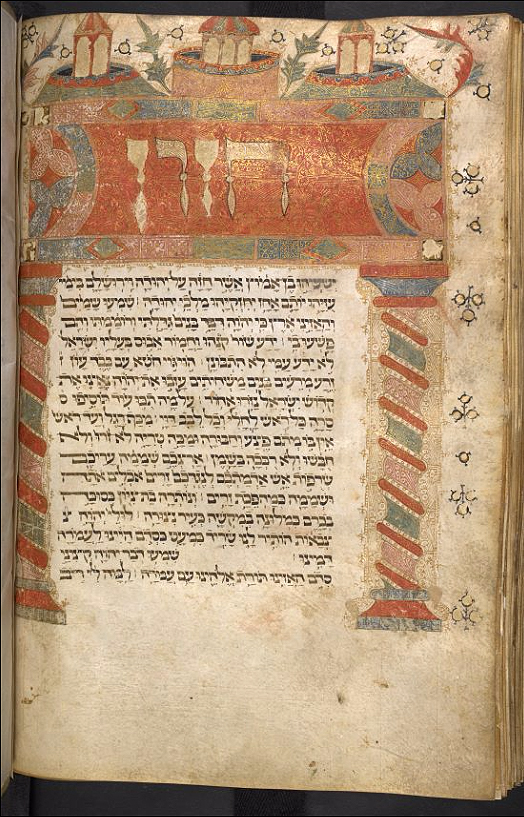

Rather, we find ourselves before a plethora of manuscripts and variants. KTIV, the International Collection of Digitised Hebrew Manuscripts. However, as anyone involved in biblical studies knows, there really isn’t one biblical text for any given pericope. Global Heritage and Development, Leiden University, the National Library of Israel.

Ceriani’s photolithographic edition of 1876 serves as the basis for the Leiden Peshitta. Perani, M., 'Nuova luce su due copisti ebrei italiani: Yequtiel ben Shelomoh Finzi (Crevalcore 1428) e Iaq ben Yehudah Shuwaykat alias Busacca Sagictuni (Siracusa 1452)', in De Lange, Nicholas, and Olszowy-Schlanger, Judith (eds. Digitized Hebrew and Greek Manuscripts: Access and Issues Biblical work obviously primarily relies on working with the text. This edition of the Old and New Testament was prepared at the Peshitta Institute in Leiden, and has become the standard Syriac edition. The goal of the site, called Ktiv, the International Collection of Digitized Hebrew Manuscripts, is to collect scans of all Hebrew manuscripts ever written anywhere, from dozens of libraries, archives and collections around the world. Some New Testament scholars argue for Aramaic as the original language of portions of the New Testament, and similarities between Aramaic and the Syriac of the Peshitta lead these scholars to encourage the study of the Peshitta. To the page of the Manuscripts Department of the National Library of Israel >. The Bodleian holds what is probably still regarded as the best collection of Hebrew manuscripts in the world, alongside an extraordinarily rich collection of early Hebrew and Yiddish printed books. Using state-of-the-art technology, the International Collection will preserve the digital images of the manuscripts for the future, and will enable readers and scholars to use the most innovative research and discovery tools.

#LEIDEN DIGITIZED HEBREW MANUSCRIPTS FULL#
In contrast to the manuscripts of most Hebrew traditions, which date from the beginning of the Middle Ages, the extant Syriac manuscripts date from the fifth century. Nearly 800 fully-digitized Hebrew manuscripts and printed books from the medieval and early modern periods. Main theoretical base of our project is the SfarData dataset, that includes the full codicological descriptions and paleographical definitions of all dated medieval Hebrew manuscripts till the year 1540. Much like the Greek translations of the Old Testament, this ancient version is an important source for our knowledge of the textual traditions behind the biblical text. The Syriac Peshitta of the Old and New Testament originated during the first centuries of the Christian era, and has been used ever since in the non-western churches of Syrian signature.


 0 kommentar(er)
0 kommentar(er)
